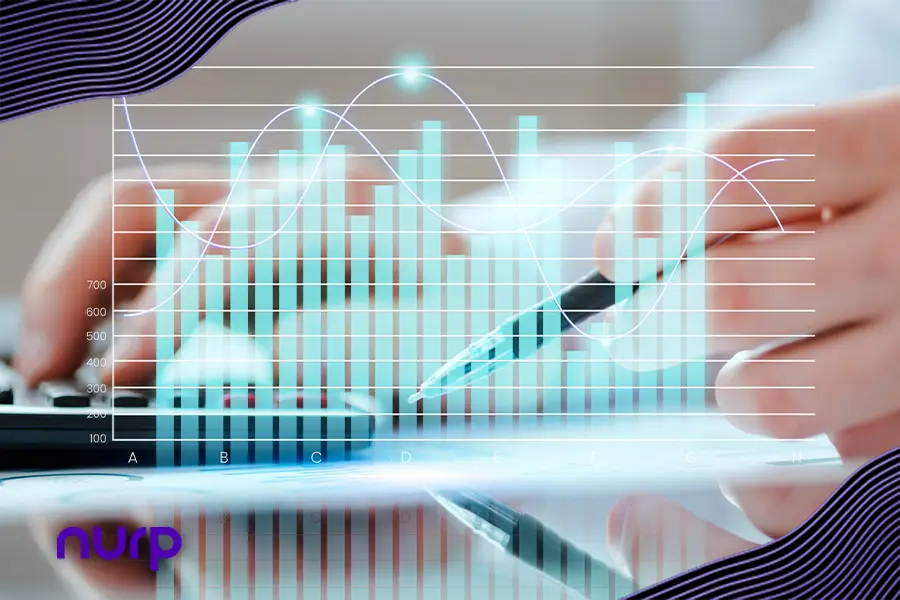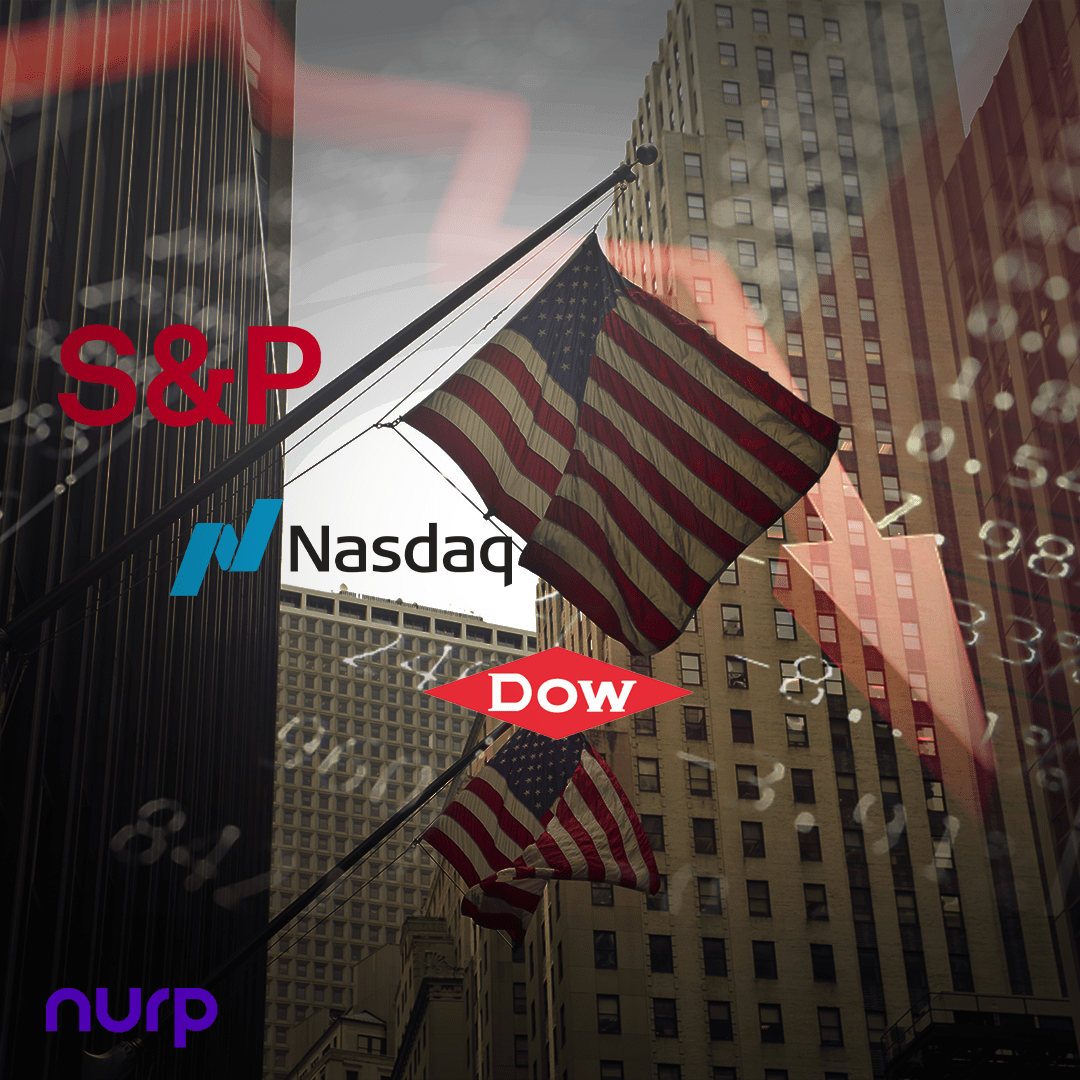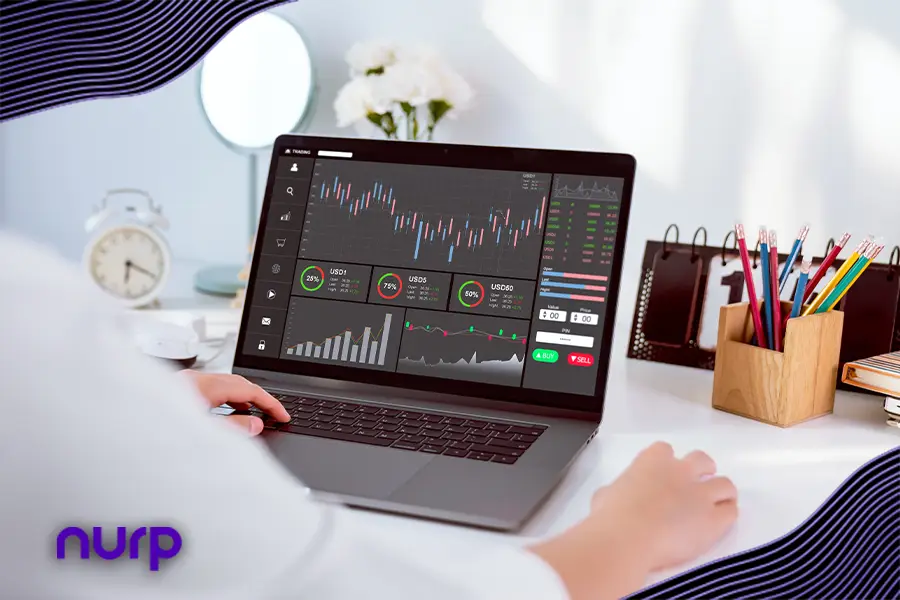Key Takeaways
Market making in forex involves providing liquidity by maintaining buy and sell prices simultaneously, profiting from the bid-ask spread, and managing associated risks.
Traders should be aware of potential ethical issues, such as slippage and re-quotes, associated with market makers and choose brokers with reputations for ethical behavior.
Implementing market making across forex pairs requires understanding historical data, market conditions, and technology tools like advanced trading platforms and algorithms.
Effective risk management, including robust hedging practices and monitoring of market events, is crucial for success in market making, along with being adaptable and responsive to evolving market dynamics.
Mastering Market Making Strategies in Forex Trading: A Comprehensive Guide
Forex, or foreign exchange, is the largest and most liquid market in the world, boasting a daily trading volume of trillions of dollars. With such vast potential for profit, many traders seek to understand the intricacies of forex trading, particularly strategies that can help them capitalize on the market’s volatility. Among the plethora of trading methodologies, market making stands out for its unique approach and the potential to turn market inefficiencies into trading opportunities.
Read More: Forex Maximum Drawdown: 4 Expert Strategies For Recovery
Understanding Market Making Strategies in Forex Trading
Market making, in the traditional sense, refers to the act of providing liquidity in a market by simultaneously displaying a buy and a sell price for a certain asset. The market maker, therefore, maintains a two-sided market and profits from the spread—the difference between the bid (buy) and ask (sell) prices. Market making strategies in forex trading, is a strategy employed by dealers and brokerages, and can be controversial due to potential conflicts of interest.
Market makers in forex practically act as intermediaries between traders and the interbank market, where the ‘true’ forex market exists. They offer to trade with the forex market users at prices that are slightly lower and prices that are slightly higher than the market’s bid and ask prices. The strategy of market making is about constantly managing the risk associated with holding these positions and collecting the spread.
Navigating the Ethical Landscape of Market Making
While market making is a legitimate trading strategy, it can sometimes be associated with slippage, re-quotes, and other practices that might be detrimental to the end client. Market makers can manipulate prices to trigger stop-loss orders or to clear their inventory of securities. Therefore, for individual forex traders, it’s crucial to be aware of potential broker practices and choose a market maker with a reputation for ethical behavior.
It’s also important for forex traders to understand that not all brokers are market makers. Some are straight-through-processing (STP) or electronic communication network (ECN) brokers, which means they do not take the opposing side of the clients’ trades but instead route them to liquidity providers, such as banks and other brokers.
Implementing Market Making Across Forex Pairs
Applying market making to forex pairs can be a complex but rewarding endeavor for those willing to put in the work. The strategy involves taking long and short positions in the same currency pair simultaneously. The market maker aims to profit from the bid-ask spread while managing the risk of holding the underlying position.
Unlike other strategies that might look to capture large market movements, market making is more about taking many small profits from the spread. Traders need to have a good understanding of the pair they are trading, its historical data, and the market conditions that might lead to widened or narrowed spreads.
Technology and Tools for Market Making
Technology plays a crucial role in market making. Advanced trading platforms and algorithms can help market makers continuously update their bid-offer prices based on new market information. Pricing models, like Black-Scholes, can assist in determining the fair value of an option, which helps set competitive bids and ask prices.
When it comes to managing the inherent risk in market making, traders often use sophisticated risk management systems that monitor and hedge positions in real-time. These systems consider various factors, including the size and direction of the market moves, and the level of market participation.
Risk Management in Market Making
Effective risk management is at the heart of a successful market making strategy. Since market makers are constantly exposed to the market, it’s important to implement robust hedging practices. Some market making systems use various synthetic instruments in conjunction with the cash market to hedge their positions adequately.
Additionally, market makers have to consider the impact of news events and other market catalysts that can lead to sudden and extreme market movements, as these can increase the risk associated with their positions. Traders must have clear stop loss and take profit levels in place and continuously monitor and adjust their positions as market conditions change.
#image_title
Strategies for Success in Market Making
To excel in market making, traders need to adopt a structured and disciplined approach. Understanding the dynamics of the forex market, including price drivers, correlation between currency pairs, and geopolitical events, is essential. Market makers also need to be adept at analyzing and interpreting market data to identify patterns and establish a competitive edge.
Furthermore, given the dynamic nature of this strategy, traders must be constantly adaptive. This means being prepared to adjust pricing strategies, risk parameters, and position sizes as the market evolves. Flexibility and responsiveness are key traits of a successful market maker.
The Future of Market Making in Forex
The forex market is constantly evolving, and market making strategies are likely to evolve with it. The implementation of AI and machine learning in trading systems can provide market makers with more sophisticated tools for pricing and risk management. Furthermore, as regulations and technology continue to drive transparency in the forex market, market making may become even more competitive.
For individual traders, the future will likely see a continued shift towards brokerages that offer more transparency and investor protection, perhaps favoring the STP and ECN models over traditional market makers. However, market making will likely remain a significant part of the forex trading landscape, albeit with more scrutiny and advanced technology.
In conclusion, market making is a challenging yet potentially lucrative strategy for forex traders who are well-prepared and have a deep understanding of the market. By staying informed, leveraging technology, and adopting robust risk management practices, traders can healthily engage in market making to take advantage of the forex market’s liquidity and earn consistent profits.
Stay in touch with Nurp and follow us for updates and events!
The post Mastering Market Making Strategies in Forex Trading: A Comprehensive Guide first appeared on Nurp.com.








